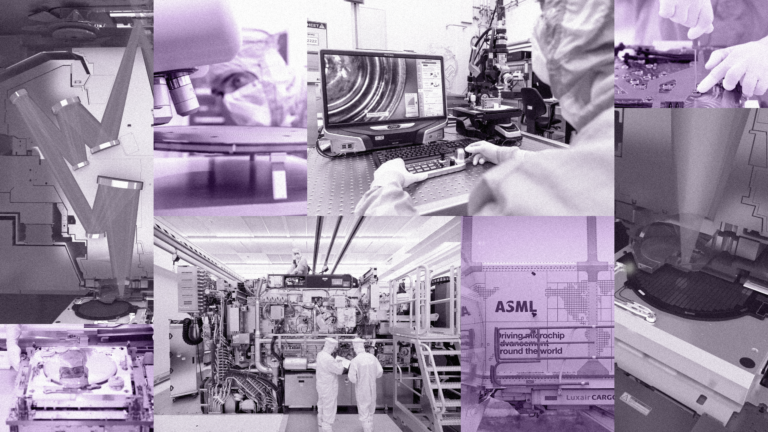
Can Anyone Crack ASML’s Grip on the Lithography Market?
- 16.03.2025 17:02
- thedailyupside.com
- Keywords: danger, success
ASML dominates the semiconductor lithography market but faces challenges from geopolitical tensions and fluctuating earnings, despite its crucial role in producing advanced chips for global tech products.